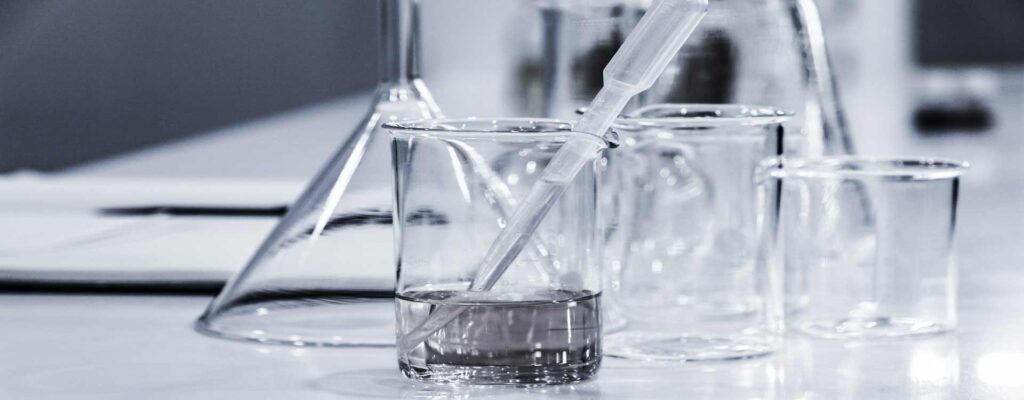Chemical industry friends know sodium silicate (sodium water glass, shaving alkali) is a commonly used silicate due to its low price and wide range of applications. Potassium silicate has gradually gained popularity in recent years. So what is lithium silicate? What is it used for? Let’s take a look at the key points.

Lithium silicate, also known as lithium water glass, is a compound formed by combining lithium and silicate. The molecular formula is Li2SiO3. Lithium silicate is an odorless, tasteless, transparent liquid with a pH of around 11, which is alkaline. Soluble in water and alkaline solutions, but insoluble in alcohol and organic solvents. Lithium silicate, like sodium silicate and potassium silicate, is freed from the gel by the action of acid. It has self-drying properties. After the water in the solution evaporates, it can form a dry film that is insoluble in water and has water irreversibility, so the waterproof effect is particularly obvious.
Since the radius of lithium ions is much smaller than that of sodium and potassium ions, lithium silicate solution has some unique properties compared to sodium silicate solution:
1. When the SiO2 particle is about 1 m μ, the appearance of the lithium silicate liquid is clear and transparent, its viscosity will be low, and its water resistance, fire resistance, and weather resistance will be excellent.
2. When the SiO2 particle is about 3 μm, the solution is micro-colloid, with high viscosity and good film-forming properties.
3. The lithium silicate aqueous solution allows the modulus up to 8, and the stability is still very good under the modulus.
4. The lithium silicate aqueous solution has self-drying properties and can form a dry film that is insoluble in water, with excellent resistance to dry and wet alternation.
Uses of Lithium Silicate
First of all, lithium silicate is widely used in inorganic zinc-rich coatings to replace sodium silicate to achieve better water and moisture resistance. Inorganic zinc-rich coatings are widely used in offshore engineering, oil pipelines, ships, bridges, architectural coatings, coatings for building materials, etc.
Second, lithium silicate acts as a binder for wood, paper, plastic, glass, metal, concrete, brick, asbestos, etc.
Thirdly, lithium silicate can be made into a metal surface treatment agent, which can be used directly, and sodium silicate and potassium silicate can also be appropriately added to improve film-forming properties. Color retention and gloss retention agent for daily necessities and handicrafts.
In addition, lithium silicate can be coated on the glass to form a surface coating with excellent light transmission and low reflectivity; when coated on galvanized iron, it does not corrode in salt water; when coated on plastic film, it can improve its moisture barrier and barrier properties. It can also be made into a welding rod with good performance and so on.
With the great economic development, products are constantly being upgraded, updated, and replaced. It has become an inevitable trend for high-end products to use lithium silicate instead of cheap sodium silicate. Exploiting a wider range of uses for lithium silicate will be one of our next work projects!

